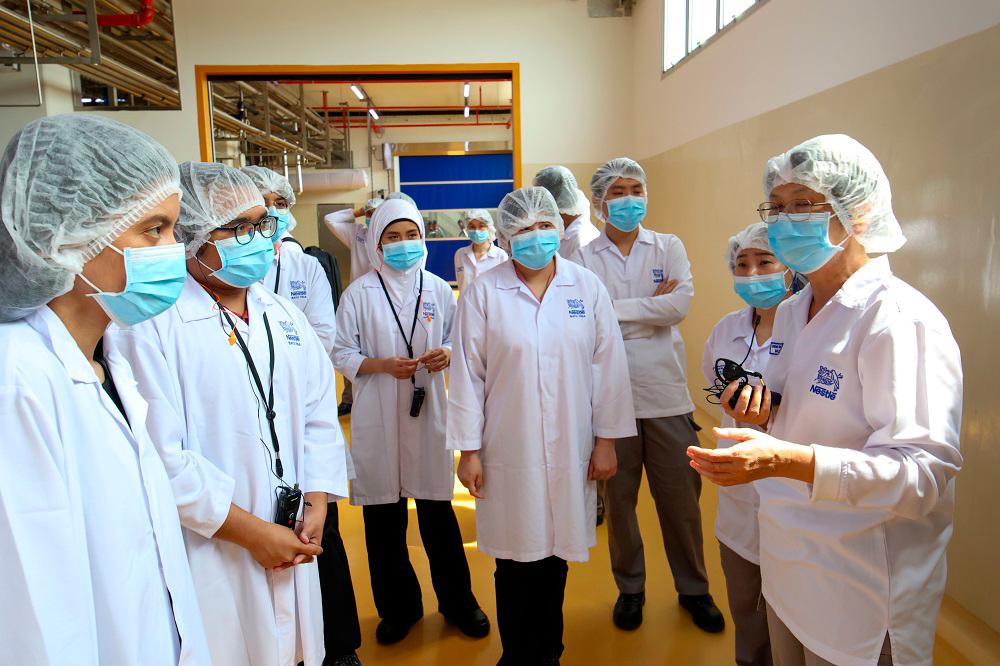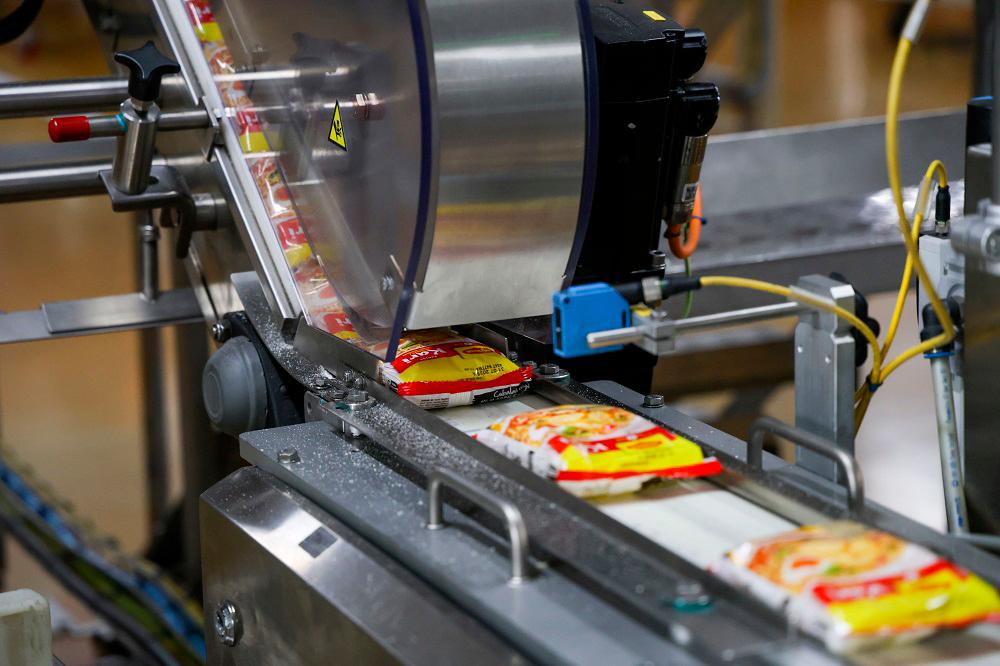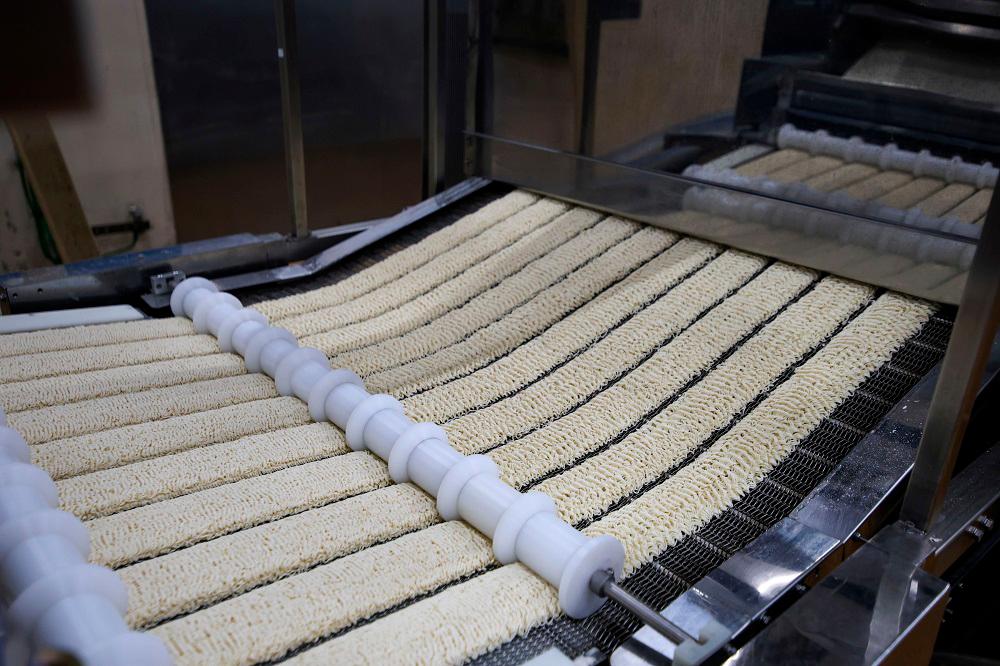NO stranger to Malaysians, the Maggi 2-Minute Noodles (M2MN) is a versatile companion that fits into our busy lives and a delicious reminder of cherished memories when we are away from home.
Did you know that M2MN is the main product manufactured at the Nestle Batu Tiga factory in Shah Alam?
For over 50 years, the factory has been a cornerstone of Nestle’s operations in the country, producing Maggi products that are made in Malaysia. M2MN was introduced as the first instant noodles product in Malaysia in 1971 with the curry and chicken flavours.
Each day, the factory produces more than 2.5 million packs of the M2MN.
M2MN are best served with a serving of protein such as eggs, chicken, tofu or seafood and two servings of vegetables to achieve a delicious, balanced meal.
Spice and curry
Stepping into the factory, the smell of curry spices immediately resonated with the familiar taste of the Maggi Kari (curry flavour).
Maggi Kari is uniquely Malaysian, made with a blend of 12 spices, slow cooked to attain the essential pecah minyak (oil breaking) stage for the best flavour. The spices are sourced from the country and around the world.
“Food is local. We, Malaysians, know our tastes,” said Maggi Malaysia and Singapore business executive officer Ivy Tan.
Maggi Kari can be enjoyed at home or on-the-go via its varied offerings, including Maggi 2-Minute Noodles Curry, Maggi Big Kari, Maggi Mug Kari, Maggi Syiok Kari Kaw, Maggi Hot Cup Kari and Maggi Kari cube.

Digital manufacturing system
As the biggest Maggi manufacturing facility in Southeast Asia, Maggi products produced in the Batu Tiga factory are also exported to over 20 countries worldwide, including the rest of Southeast Asia, Australia, UK and South Korea.
The factory recently expanded and is equipped with enhanced production capabilities to meet Malaysians’ love for Maggi’s noodle, flavour and seasoning products, including Maggi cup and bowl noodles, Maggi stock cubes, Maggi Sambal Tumis and Maggi CukupRasa.
Nestle has developed an in-house digital manufacturing system (DMO) to handle the complexity in the Culinary Plant, which is tasked with handling 200 ingredients and 75 recipes.
The DMO modules integrate with RFID scanners, HMI, programming and SAP software to ensure there is full control of recipes and traceability.
Production parameters are automated to assist operators in all manufacturing steps to deliver quality consistency of Maggi products. Process interlocks are designed to ensure correct usage of materials for every recipe.
The factory comprises a full Malaysian workforce of 1,000 workers, ranging from operators, technicians, forklift drivers and the quality assurance team.
History of Maggi
Maggi’s story began in 1884 when Julius Maggi invented powdered pea and bean soup to provide nutritious, easy to prepare food for busy women who worked in factories and did not have time to prepare healthy meals. He went on to invent ready-to-use soups and liquid seasoning two years later. Soon afterward, he created the buillon.
More than a century later, Maggi continues to stand for products that are convenient and affordable.
In 1969, the familiar Maggi red sauces – ketchup and chilli sauce were first produced and bottled in Malaysia. Soon after, in 1971, the M2MN was introduced as the first instant noodles product in Malaysia with curry and chicken flavours.

How M2MN are made
Made with Australian wheat, Maggi noodles have just the right texture and springiness through an extensive manufacturing process, including steaming, frying and cooling before packing.
These steps are key in achieving good noodle texture and a stable shelf life, while ensuring that the noodle strands stay separate.
From mixing raw materials to product package, the whole process takes about 30 minutes.
1. Mixing
Australian wheat flour and other ingredients are mixed together to create the dough, following specific mixing parameters and ratios to control the moisture.
2. Sheeting
Dough is compressed and shaped by rollers to achieve the desired thickness.
3. Slitting
Cutting noodle sheets to produce noodle strands in various sizes.
4. Steaming
Noodles are cooked at 100°C for 2–3 minutes to gelatinise the texture.
5. Cutting and folding
Noodles are further sliced and folded to individual portions.
6. Frying
Noodles are deep fried to dehydrate and achieve the desired texture and shape.
7. Cooling
Noodles are cooled down to room temperature before being packed.
8. Wrapping
Noodles are packaged into individual packs, preserving freshness and quality.
9. Multi-packing
Five individual packs are packaged into one multi-pack using automation.
10. Cartoning and palleting
Multi-packed noodles are packaged into carton cases and stacked on pallets for dispatch using robot palletisers.









